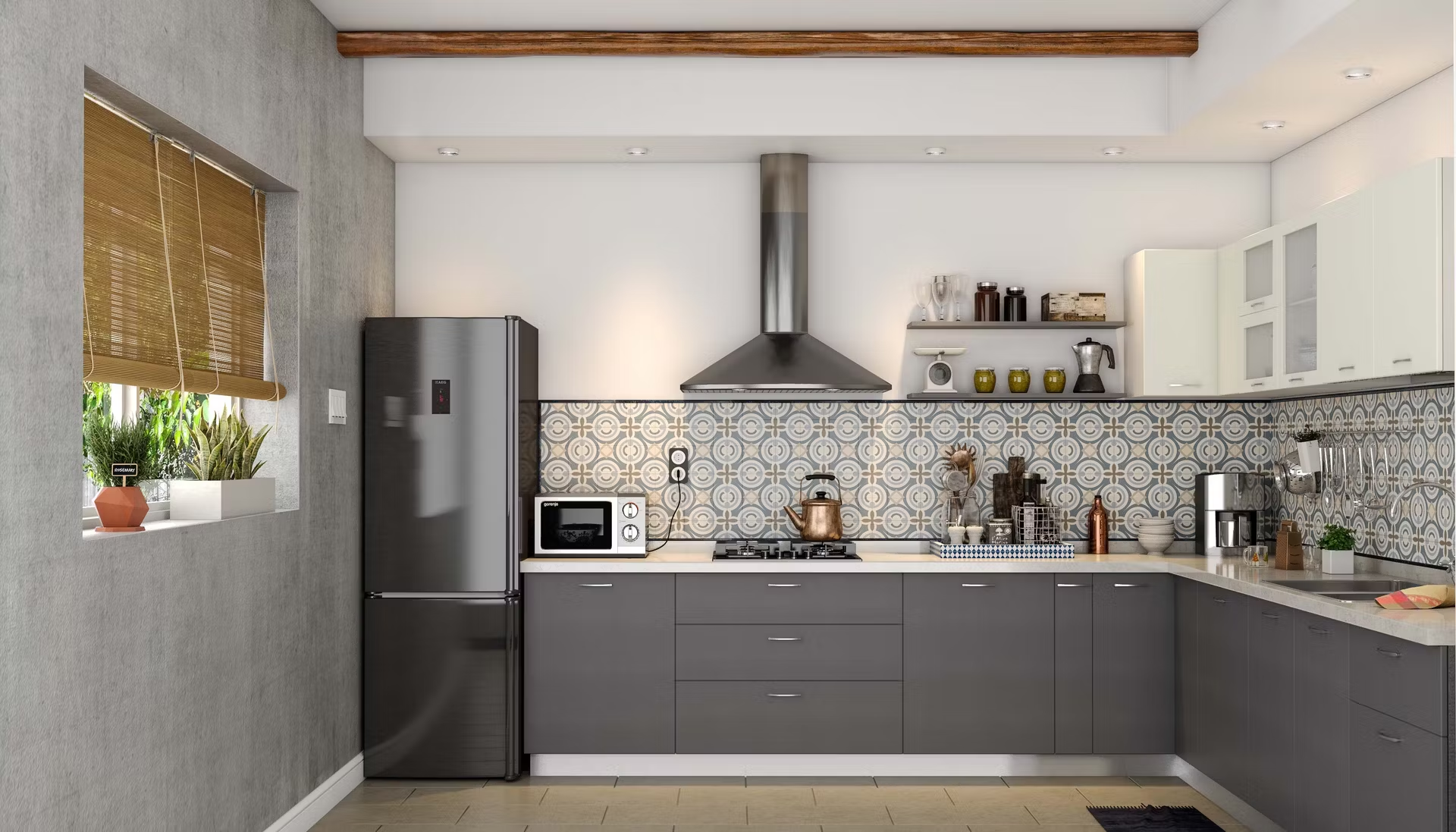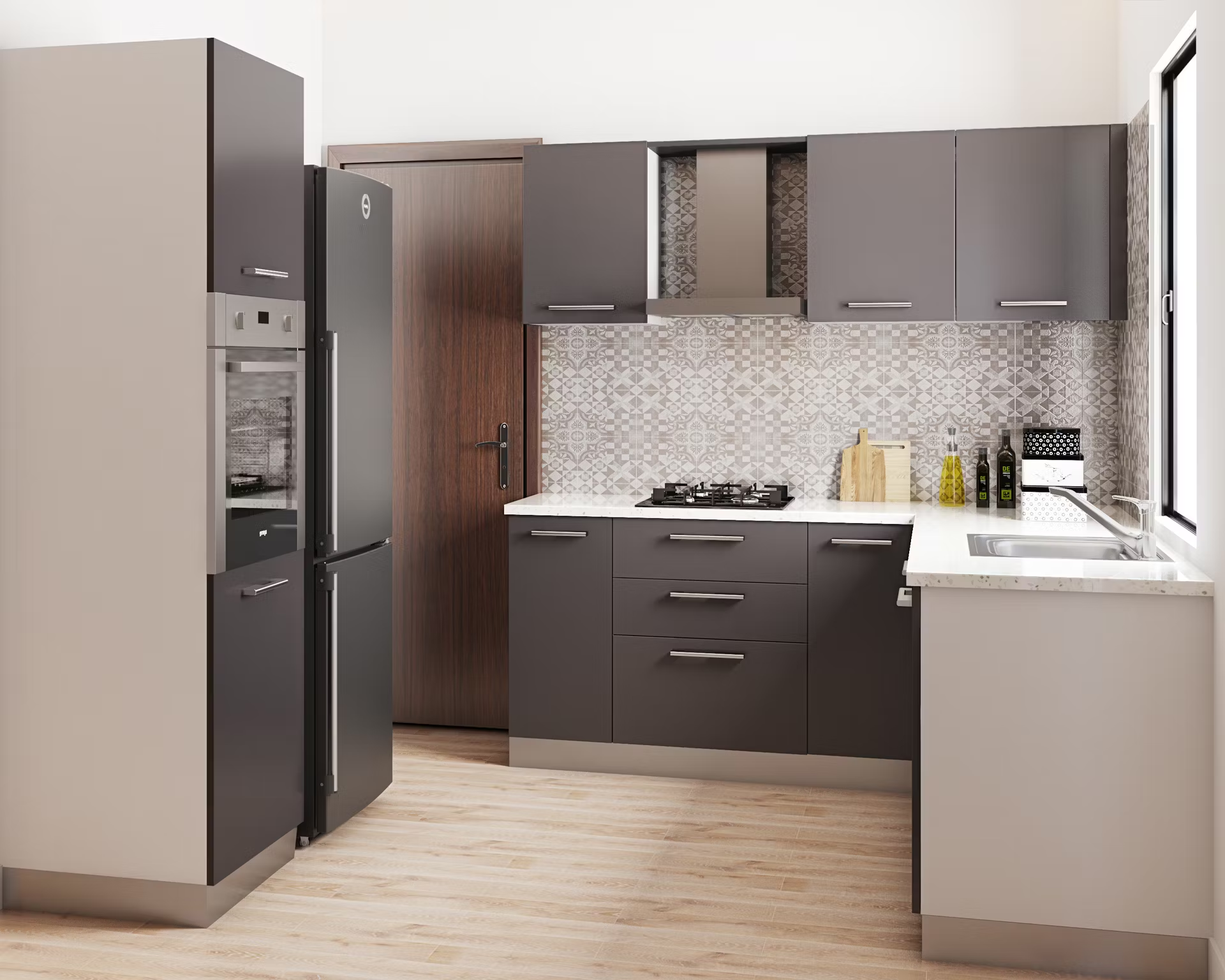
Interior
Kitchens
Wardrobe
Calculator
Vastu
Download Magazine







.avif)






Design Ideas
Offerings
Shop Now
Shop Now
Search For Designs
Popular Choices
 Recommended For You
Recommended For You

Modern Living Room Design...
₹ 10000 ₹ 15000
Modern Master Bedroom Des...
₹ 10000 ₹ 15000
Modern Master Bedroom Des...
₹ 10000 ₹ 15000
Minimalist Master Bedroom...
₹ 10000 ₹ 15000
Contemporary Master Bedro...
₹ 10000 ₹ 15000
Modern L-Shaped Kitchen D...
₹ 10000 ₹ 15000
Modern L-Shaped Kitchen D...
₹ 10000 ₹ 15000.avif)
Contemporary Open Kitchen...
₹ 10000 ₹ 15000
Modern Straight Kitchen D...
₹ 10000 ₹ 15000
Contemporary Parallel Kit...
₹ 10000 ₹ 15000
Modern L-Shaped Kitchen D...
₹ 10000 ₹ 15000


Modular Kitchen Designs
Master Bedroom Designs
Living Room Designs
Dining Room Designs
Tile Designs
Wardrobe Designs
Foyer Designs
Study Room Designs
Bathroom Designs
Kitchen Sinks
Home Office Designs
Space Saving Designs
Guest Bedroom Designs
Pooja Room Designs
Window Designs
TV Unit Designs
Flooring Designs
False Ceiling Designs
Wall Decor Designs
Kids Bedroom Designs
Wall Pain Designs
Balcony Designs
Home Wallpaper Designs
EXPLORE OFFERS




Modular Interior
Kitchen, Wardrobe and Storage

Full Home Interior
End-to-End home interiors

Luxury Interior
Homes that redefines elegance
Kitchen
Know Your Kitchen
Kitchen Price Calculator
Kitchen Components
Wardrobe
Know Your Wardrobe
Wardrobe Price Calculator
Wardrobe Components
.jpg)
.png)
.png)
.png)

.jpg)
.jpg)
.jpg)
.png)
.png)
.jpg)




